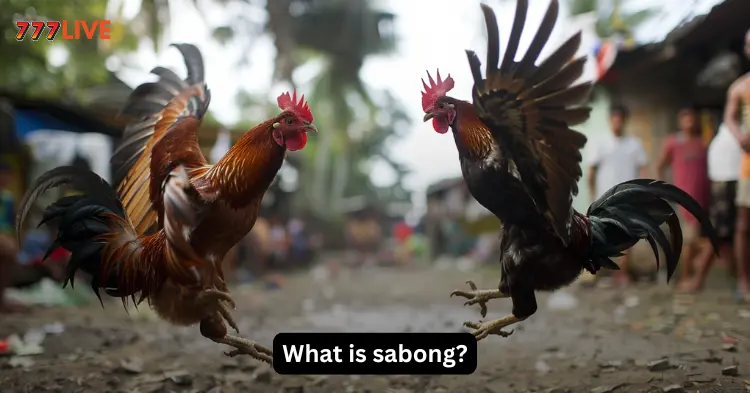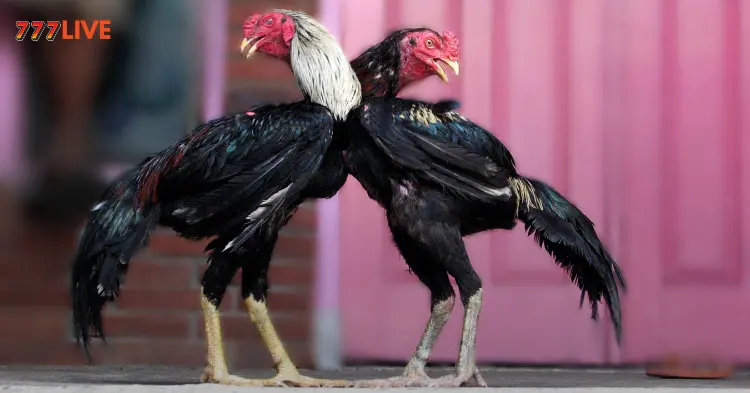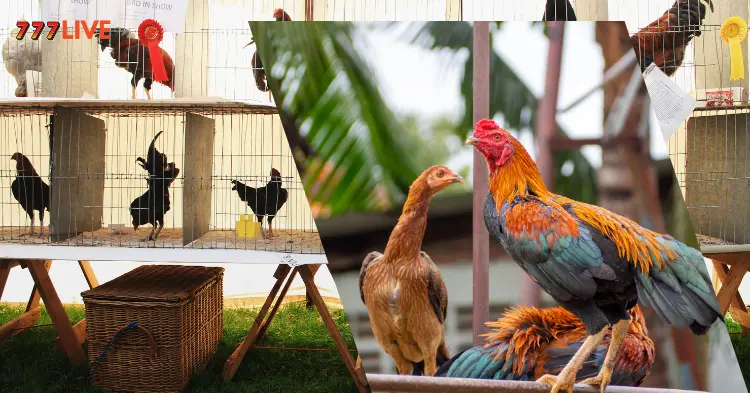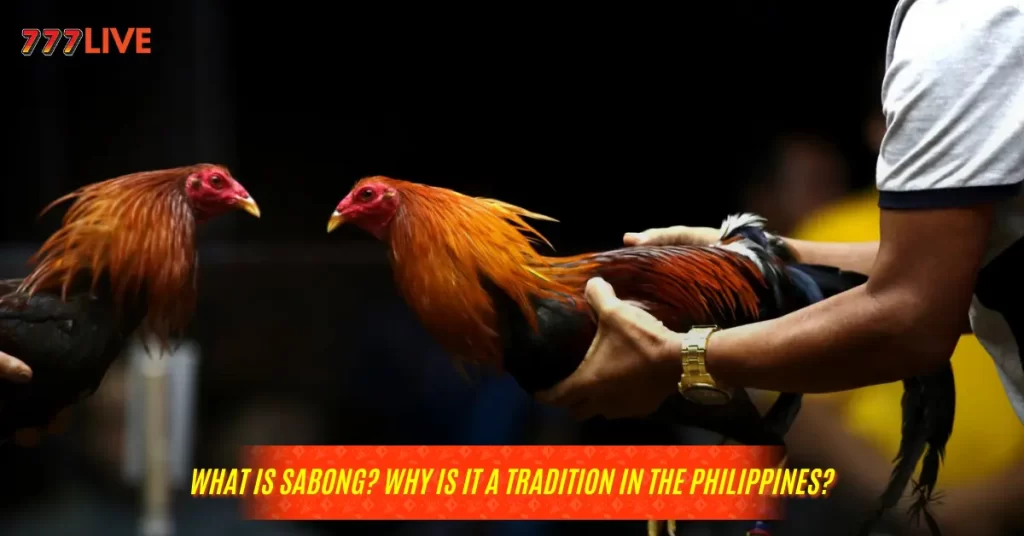What is sabong?
In the Filipino language, cockfighting is referred to as sabong. It is a traditional sport with deep roots in Philippine history. It is an exciting and intense activity in which two roosters compete in a cockpit while spectators place bets on the outcome. To the Philippines, cockfighting is not just a sport – it is some form of cultural phenomenon that has comprised the history of the nation for many centuries.
Sabong has been a form of entertainment even during pre-colonial times, and it eventually grew to become one of the major social activities. With the coming of Spanish colonization, the sport began to take on the initiative of formalizing its structured rules and complexes. Today, it is still one of the favorite forms of entertainment and finds its legal regulation by law in the Philippines, where substantial cockpits are built and the days of fights are fixed, usually on weekend days and during fiestas.

The preparation for a cockfight is meticulous. The roosters, which normally have to be specifically bred for fighting, undergo intensive training and conditioning. Their diet, fondness for exercise, and even their psychology are closely watched by the handlers, known as “sabongeros.” On the day of the fight itself, the roosters are fitted with blades attached to their legs, known as “gaffs,” which make encounters lethal.
To many Filipinos, sabong is not just an entertainment but also a social event that brings communities together. It is a common sight to see people of all classes, from the local farmers to the businessmen, around the cockpit, cheering loudly for the birds of their choice. The provided feature of betting in the game made it more exciting and dramatic since huge sums of money may be gained or lost.
Origins and Historical Significance
The origins of Sabong can be traced back hundreds of years. Historians believe that cockfighting was introduced by early traders from Southeast Asia, and the practice quickly integrated into Filipino society. Over time, it evolved from a form of recreation to a culturally significant activity, celebrated and practiced in rural and urban areas.
The popularity of Sabong is tied to its role in social gatherings. Traditional Sabong events are often held during local fiestas, fostering a sense of unity and camaraderie among communities. Historically, These gatherings have allowed friends, family, and neighbors to come together and engage in friendly competition. The sport was not merely a pastime but a significant aspect of pre-colonial life, reflecting the values and traditions of early Filipino societies.
The arrival of the Spanish in the 16th century brought about significant changes to many aspects of Filipino life, but sabong remained resilient and continued to thrive. The Spanish colonizers formalized and regulated the sport, establishing specific rules and designated arenas, known as cockpits, where the matches could take place. This period also saw the introduction of structured betting systems, further entrenching sabong as a major social activity.
Cockfighting has evolved over the centuries, but its essence has remained unchanged. It remains a popular and legally regulated sport in the Philippines, with dedicated cockpits in many towns and cities. Major events, such as the annual World Slasher Cup in Manila, attract enthusiasts from all over the world, underlining the sport’s enduring appeal.
The Mechanics of Sabong

The mechanics of Sabong is intricate and brutal, reflecting a deeply rooted cultural tradition. In a typical cockfight, two roosters are pitted against each other in an arena known as a cockpit. The roosters, specially bred and trained for combat, are fitted with “Gaffs ” blades on their legs, designed to make the fight more intense and lethal.
Before the match begins, the roosters are carefully weighed and matched to ensure a fair fight. The handlers, or “Sabongeros,” prepare their birds meticulously, attending to their diet, exercise, and psychological conditioning. Preparation is a crucial aspect of the sport, with experienced handlers often becoming local celebrities because of their skill in raising champion fighters.
When the fight starts, the roosters are released into the cockpit, engaging in a fierce battle. The match continues until one rooster is incapacitated or dies, which typically happens quickly due to the sharpness of the gaffs. The spectators, who have bets on the outcome, watch with intense interest, cheering for their chosen birds.
In the Philippines, sabong is a tradition that brings communities together and has centuries of historical roots. It is a social event, often held during local fiestas and celebrations, where people from all walks of life gather to participate in the excitement.
Despite its deep cultural roots, cockfighting is controversial, drawing criticism from animal rights advocates who condemn the cruelty involved. This ongoing debate adds a layer of complexity to the sport, as modern perspectives on animal welfare clash with long-standing traditions.
Why is Sabong Still Relevant Today?
It was only in recent years that Sabong finally adapted to the digital era, making it accessible to a new generation of enthusiasts. People can now participate in or watch live events of cockfighting through various online platforms from anywhere in the comfort of their homes.
Through this adaptation, Sabong became even more popular in bridging the gap between generations, thereby keeping Filipinos abroad and here at home in tune with this time-honored tradition.
It opened a window of opportunity for Sabong to expand its doors to a wider audience: from seasoned enthusiasts down to a fresh batch of newcomers. Despite this modernization, various online Sabong platforms still host the sport in its original form. This makes it deeply seated in the culture of Filipinos, standing strong against the test of modernization.
The Role of Sabong in Filipino Heritage

The role of Sabong in Filipino culture covers more than entertainment; it manifests resilience, skill, and pride in their culture. For most Filipinos, cockfighting represents the spirit of tradition that continues to persist, given that it allows them to do something that will actually connect them with their ancestors. This is a practice that demonstrates a way to show respect for their origins and uphold a sport that has been passed down through generations.
Through the years, Sabong has embraced values such as respect for tradition, community unity, and pride in culture. It has remained among those highly regarded activities that keep Filipinos joined together, reminding them of where they have come from and their identity. With its enduring appeal and importance, Sabong remains an active part of Filipino heritage across generations.
=> Read more: Discover 4 famous fighting cock breeds in the Philippines.
Experience the Tradition at 777Live Casino
777Live Casino is the avenue through which interested players can experience Sabong in a very modern and easy way. It offers players the chance to experience this delightful and well-liked tradition within the comfort of a secure and responsible environment that gives them the spirit of this treasured Filipino pastime.


